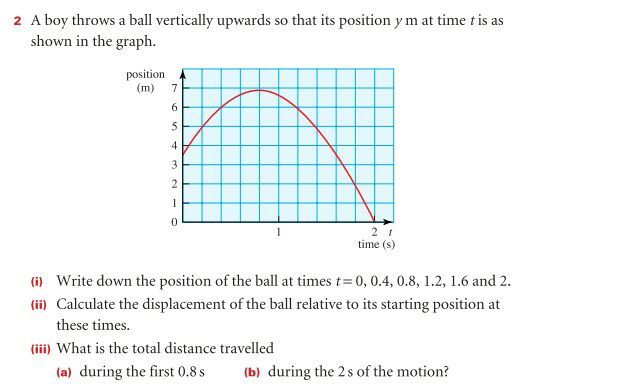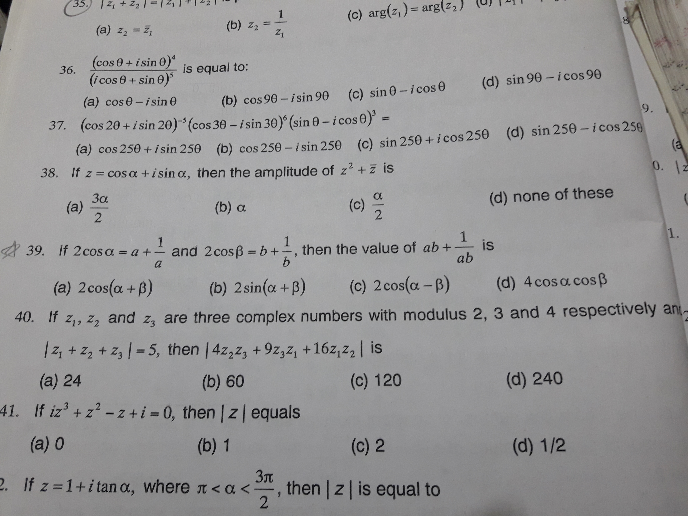
OthersQuestion and Answers: Page 121
Question Number 31674 Answers: 0 Comments: 0
Question Number 31671 Answers: 0 Comments: 0
Question Number 31583 Answers: 0 Comments: 0
$${how}\:{to}\:{read}\:{this}\:\langle{x}\rangle.\:{p} \\ $$
Question Number 31569 Answers: 1 Comments: 0
Question Number 31543 Answers: 0 Comments: 2
Question Number 31502 Answers: 0 Comments: 3
Question Number 31369 Answers: 0 Comments: 0

Question Number 31340 Answers: 0 Comments: 0
Question Number 31314 Answers: 0 Comments: 0
Question Number 31306 Answers: 1 Comments: 0
Question Number 31281 Answers: 1 Comments: 0
Question Number 31085 Answers: 0 Comments: 1
Question Number 31017 Answers: 1 Comments: 0
Question Number 30771 Answers: 0 Comments: 0
Question Number 30558 Answers: 0 Comments: 0
Question Number 30424 Answers: 0 Comments: 0
Question Number 30017 Answers: 1 Comments: 0
Question Number 29880 Answers: 0 Comments: 3

Question Number 29700 Answers: 1 Comments: 0
$$\mathrm{32}^{\mathrm{32}^{\mathrm{32}} } \:/\mathrm{7}...\mathrm{find}\:\mathrm{remainder} \\ $$
Question Number 29680 Answers: 1 Comments: 0
Question Number 29648 Answers: 1 Comments: 5
Question Number 29607 Answers: 0 Comments: 0
Question Number 29550 Answers: 1 Comments: 0

Question Number 29522 Answers: 1 Comments: 7

Question Number 29425 Answers: 1 Comments: 1

Question Number 29364 Answers: 0 Comments: 0

Pg 116 Pg 117 Pg 118 Pg 119 Pg 120 Pg 121 Pg 122 Pg 123 Pg 124 Pg 125
